From the Trenches
We Are Family
By JARRETT A. LOBELL
Monday, April 09, 2018
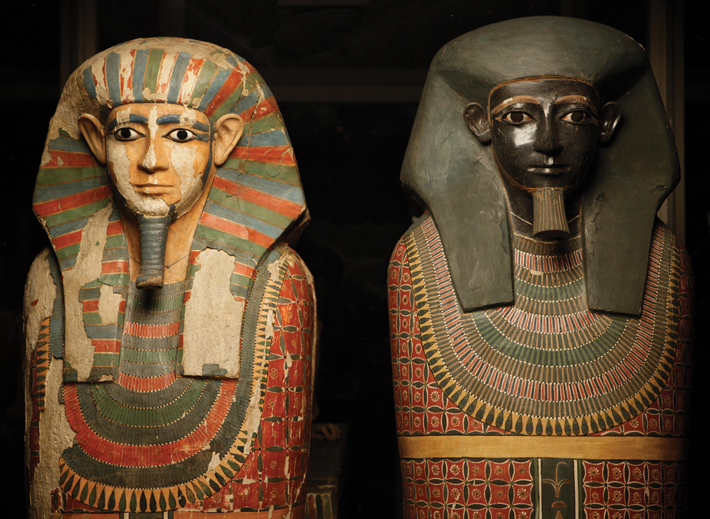
Nakht-Ankh and Khnum-Nakht were brothers. Or so say the inscriptions on their coffins, which claim that they had the same mother. The roughly 4,000-year-old mummies were found in 1907 by Egyptologists Sir William Flinders Petrie and Ernest Mackay in an undisturbed tomb in Middle Egypt’s Deir Rifeh cemetery. But ever since they were taken back to England and unwrapped a year later, their true familial relationship has been debated. Now, using a next-generation DNA sequencing technique on samples extracted from the mummies’ teeth, the men’s true bond has been revealed. This first-ever successful typing of both mitochondrial and Y chromosomal DNA in Egyptian mummies has proved that Nakht-Ankh and Khnum-Nakht were, in fact, half brothers who had different fathers. “I had actually suspected that one or the other of the brothers was adopted, as their skeletons seem so different, and there are contemporary texts asserting that elite families such as theirs adopted orphans,” says Campbell Price, curator of Egypt and Sudan at the University of Manchester Museum, where the mummies have always been displayed as the “Two Brothers.” Continues Price, “Some had suggested half brothers before, and the DNA test allowed us an answer.”
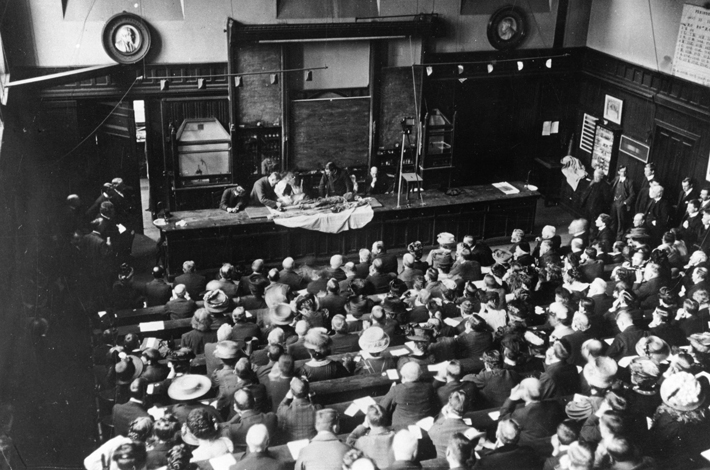
Time’s Arrow
By DANIEL WEISS
Monday, April 09, 2018

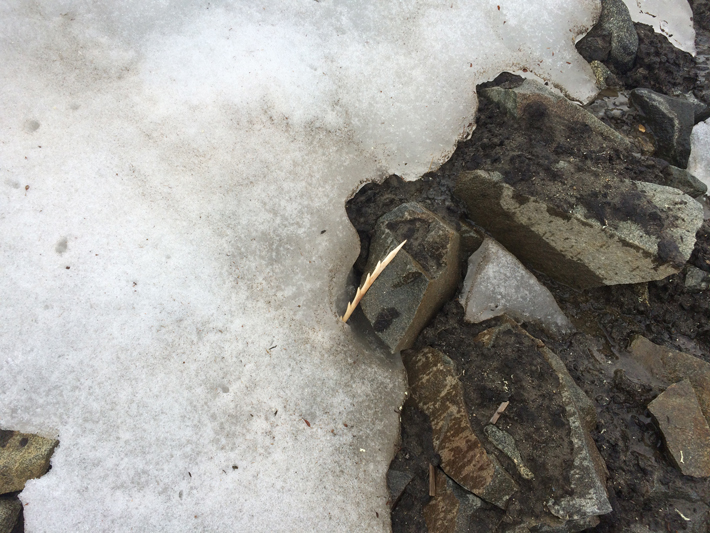 While surveying ice patches in Canada’s southern Yukon, researchers have come across a barbed arrow point made of antler, with a copper end blade, sticking out of the ice, where it likely landed after having been shot from a hunter’s bow. “It was completely embedded in the ice,” says Christian Thomas, an archaeologist with the Yukon government. “We think that when we found it was the first time it had been exposed in about 900 years.”
While surveying ice patches in Canada’s southern Yukon, researchers have come across a barbed arrow point made of antler, with a copper end blade, sticking out of the ice, where it likely landed after having been shot from a hunter’s bow. “It was completely embedded in the ice,” says Christian Thomas, an archaeologist with the Yukon government. “We think that when we found it was the first time it had been exposed in about 900 years.”
The arrow point would have taken around two weeks to fashion, says Thomas, so it is unlikely that it was left behind deliberately. The end blade, made with copper retrieved from a local stream, would have made it particularly valuable. The artifact, which was found in the overlapping traditional territories of the Carcross/Tagish First Nation and the Kwanlin Dün First Nation, dates to shortly after the area’s hunters, who targeted caribou and thinhorn sheep, shifted from throwing darts to using bows and arrows. The find was particularly serendipitous: When one of Thomas’ colleagues returned to the ice patch just a few weeks later, he found it had completely melted away.
Early Buddhism in India
By GURVINDER SINGH
Monday, April 09, 2018
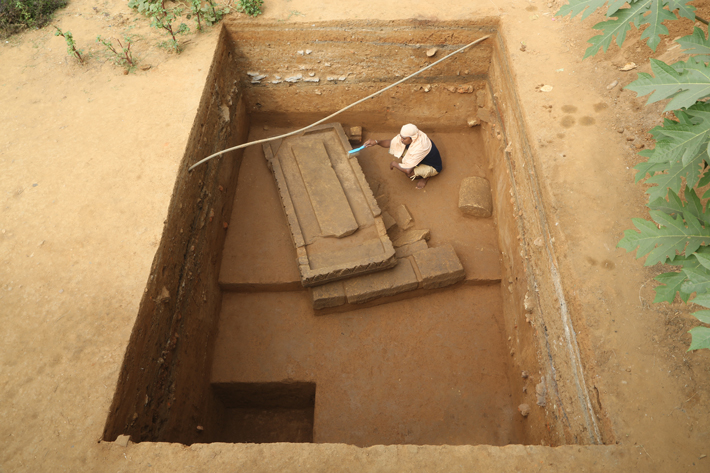
Recent excavations have unearthed a site resembling a Buddhist monastery in India’s Odisha state. The sculptural and architectural findings at the village of Jharhiamba in the Angul district suggest that a Buddhist monastery flourished during the reign of the Shunga-Kushan Dynasty, which governed the region between 150 B.C. and the first century A.D. Though a Buddhist presence is well known in the state, the discovery, archaeologists say, is important because this is the only monastery in Odisha where they have found evidence of monks and nuns cohabiting.
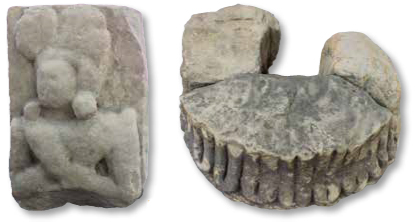 A copper plate that was recovered by British archaeologists in the nineteenth century, around six miles from the spot, bore an inscription about the monastery being present in the area and monks and nuns living together. “We believe that around 200 people lived in the monastery, which is scattered in an area of about a half mile square. We have found fragments of molded brick, sculptures, stupas, and a sandstone pillar from the spot,” says Dibishada B. Garnayak, superintending archaeologist of the Bhubaneswar branch of the Archaeological Survey of India. However, he also notes that much of the site has been damaged due to encroachment by local residents, coupled with a lack of interest in conserving its heritage.
A copper plate that was recovered by British archaeologists in the nineteenth century, around six miles from the spot, bore an inscription about the monastery being present in the area and monks and nuns living together. “We believe that around 200 people lived in the monastery, which is scattered in an area of about a half mile square. We have found fragments of molded brick, sculptures, stupas, and a sandstone pillar from the spot,” says Dibishada B. Garnayak, superintending archaeologist of the Bhubaneswar branch of the Archaeological Survey of India. However, he also notes that much of the site has been damaged due to encroachment by local residents, coupled with a lack of interest in conserving its heritage.
A Bronze Age Landmark
By ERIC A. POWELL
Monday, April 09, 2018
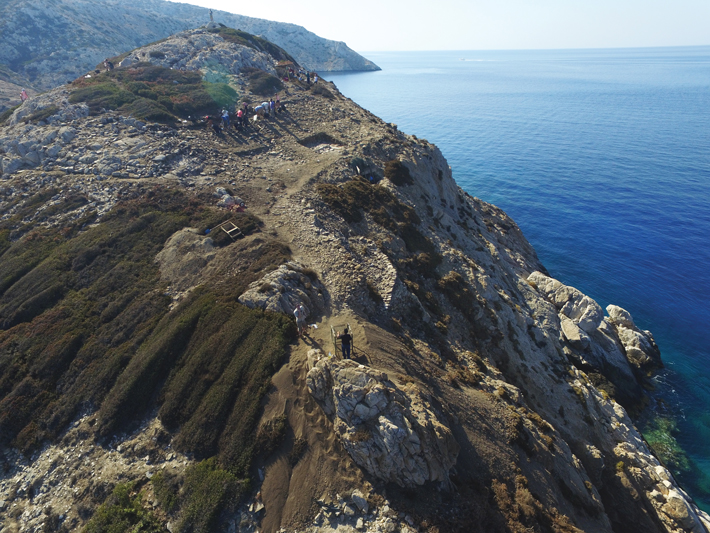 In the third millennium B.C., a sanctuary on the island of Keros in the Aegean Sea was an important ritual center and destination for Bronze Age pilgrims. Today it is renowned for the discovery of Cycladic figurines, abstract marble figures whose dramatic shapes influenced artists in the early twentieth century. Now, new excavations on a promontory that was once connected to the island by a narrow causeway, before the sea level rose, have uncovered the remains of an unusually sophisticated settlement that flourished at the same time as the sanctuary. A team led by University of Cambridge archaeologists Michael Boyd and Colin Renfrew has shown that the island’s inhabitants built a series of terrace walls that enhanced the promontory’s natural pyramid-like shape. An estimated 1,000 tons of white stone covered the walls and would have made the site dazzling in the Aegean sunlight. The team also discovered a network of drainage tunnels, as well as copious evidence of metalworking. “What we are seeing here are the beginnings of urbanization,” says Boyd, who notes that the settlement probably grew to such an extent that it surpassed the nearby sanctuary in importance.
In the third millennium B.C., a sanctuary on the island of Keros in the Aegean Sea was an important ritual center and destination for Bronze Age pilgrims. Today it is renowned for the discovery of Cycladic figurines, abstract marble figures whose dramatic shapes influenced artists in the early twentieth century. Now, new excavations on a promontory that was once connected to the island by a narrow causeway, before the sea level rose, have uncovered the remains of an unusually sophisticated settlement that flourished at the same time as the sanctuary. A team led by University of Cambridge archaeologists Michael Boyd and Colin Renfrew has shown that the island’s inhabitants built a series of terrace walls that enhanced the promontory’s natural pyramid-like shape. An estimated 1,000 tons of white stone covered the walls and would have made the site dazzling in the Aegean sunlight. The team also discovered a network of drainage tunnels, as well as copious evidence of metalworking. “What we are seeing here are the beginnings of urbanization,” says Boyd, who notes that the settlement probably grew to such an extent that it surpassed the nearby sanctuary in importance.
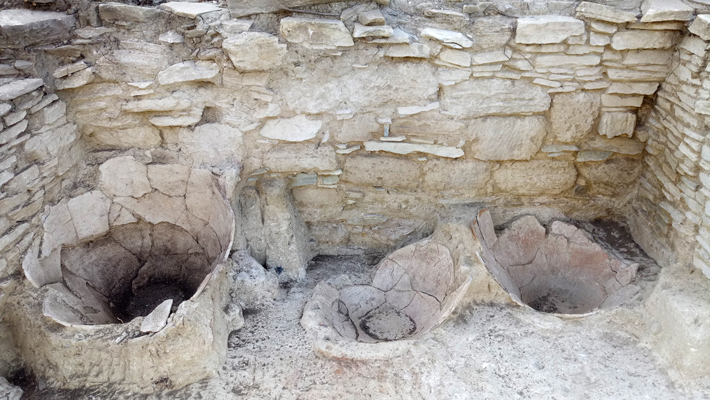
A Mark of Distinction
By DANIEL WEISS
Monday, April 09, 2018
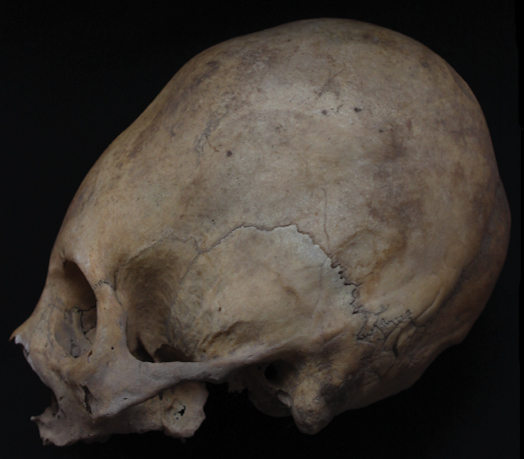 The Collagua, who lived in the upper reaches of southern Peru’s Colca Valley, were described by sixteenth-century Spanish conquerors as shaping their heads into a distinctive, elongated form. A new study led by Matthew Velasco of Cornell University finds that these head-modification practices changed dramatically in the centuries preceding the arrival of the Spanish.
The Collagua, who lived in the upper reaches of southern Peru’s Colca Valley, were described by sixteenth-century Spanish conquerors as shaping their heads into a distinctive, elongated form. A new study led by Matthew Velasco of Cornell University finds that these head-modification practices changed dramatically in the centuries preceding the arrival of the Spanish.
The team looked at 213 skulls from two elite Collagua burial sites and found that the rate of modification increased greatly over time—from 39.2 percent of skulls from 1150 to 1300, to 73.7 percent from 1300 to 1450. Greater diversity of modification styles was found in the early period, whereas the long, slender shape noted by the Spanish became dominant in the later period, with 64.3 percent of the modified heads hewing to this style. It is unclear why the elite Collagua converged on this style of head modification, but Velasco suggests it may have had to do with a need to develop a group identity—perhaps to contrast with the Inca, who took over the area in the fifteenth century. “There were likely to have been social pressures,” he says, “possibly in the context of war or encroachment by outsiders, that led to a firmer definition of regional identity.”
Advertisement
Advertisement
IN THIS ISSUE
From the Trenches
Conquistador Contagion
Off the Grid
Circle of Life
Norwegian Knight
A Night Out in Leicestershire
The Pirate Book Club
Alternative Deathstyles
Afterlife Under the Waves
No Dice Left Unturned
A Mark of Distinction
Early Buddhism in India
A Bronze Age Landmark
Time’s Arrow
We Are Family
World Roundup
Taino DNA, island Etruscans, IRA buttons, gate to the afterlife, and the last wild horses
Artifact
Man of the hours
Advertisement

Recent Issues
-
 May/June 2024
May/June 2024
-
 March/April 2024
March/April 2024
-
 January/February 2024
January/February 2024
-
 November/December 2023
November/December 2023
-
 September/October 2023
September/October 2023
-
 July/August 2023
July/August 2023
-
 May/June 2023
May/June 2023
-
 March/April 2023
March/April 2023
-
 January/February 2023
January/February 2023
-
 November/December 2022
November/December 2022
-
 September/October 2022
September/October 2022
-
 July/August 2022
July/August 2022
-
 May/June 2022
May/June 2022
-
 March/April 2022
March/April 2022
-
 January/February 2022
January/February 2022
-
 November/December 2021
November/December 2021
-
 September/October 2021
September/October 2021
-
 July/August 2021
July/August 2021
-
 May/June 2021
May/June 2021
-
 March/April 2021
March/April 2021
-
 January/February 2021
January/February 2021
-
 November/December 2020
November/December 2020
-
 September/October 2020
September/October 2020
-
 July/August 2020
July/August 2020
-
 May/June 2020
May/June 2020
-
 March/April 2020
March/April 2020
-
 January/February 2020
January/February 2020
-
 November/December 2019
November/December 2019
-
 September/October 2019
September/October 2019
-
 July/August 2019
July/August 2019
-
 May/June 2019
May/June 2019
-
 March/April 2019
March/April 2019
-
 January/February 2019
January/February 2019
-
 November/December 2018
November/December 2018
-
 September/October 2018
September/October 2018
-
 July/August 2018
July/August 2018
-
 May/June 2018
May/June 2018
-
 March/April 2018
March/April 2018
-
 January/February 2018
January/February 2018
-
 November/December 2017
November/December 2017
-
 September/October 2017
September/October 2017
-
 July/August 2017
July/August 2017
-
 May/June 2017
May/June 2017
-
 March/April 2017
March/April 2017
-
 January/February 2017
January/February 2017
-
 November/December 2016
November/December 2016
-
 September/October 2016
September/October 2016
-
 July/August 2016
July/August 2016
-
 May/June 2016
May/June 2016
-
 March/April 2016
March/April 2016
-
 January/February 2016
January/February 2016
-
 November/December 2015
November/December 2015
-
 September/October 2015
September/October 2015
-
 July/August 2015
July/August 2015
-
 May/June 2015
May/June 2015
-
 March/April 2015
March/April 2015
-
 January/February 2015
January/February 2015
-
 November/December 2014
November/December 2014
-
 September/October 2014
September/October 2014
-
 July/August 2014
July/August 2014
-
 May/June 2014
May/June 2014
-
 March/April 2014
March/April 2014
-
 January/February 2014
January/February 2014
-
 November/December 2013
November/December 2013
-
 September/October 2013
September/October 2013
-
 July/August 2013
July/August 2013
-
 May/June 2013
May/June 2013
-
 March/April 2013
March/April 2013
-
 January/February 2013
January/February 2013
-
 November/December 2012
November/December 2012
-
 September/October 2012
September/October 2012
-
 July/August 2012
July/August 2012
-
 May/June 2012
May/June 2012
-
 March/April 2012
March/April 2012
-
 January/February 2012
January/February 2012
-
 November/December 2011
November/December 2011
-
 September/October 2011
September/October 2011
-
 July/August 2011
July/August 2011
-
 May/June 2011
May/June 2011
-
 March/April 2011
March/April 2011
-
 January/February 2011
January/February 2011
Advertisement






